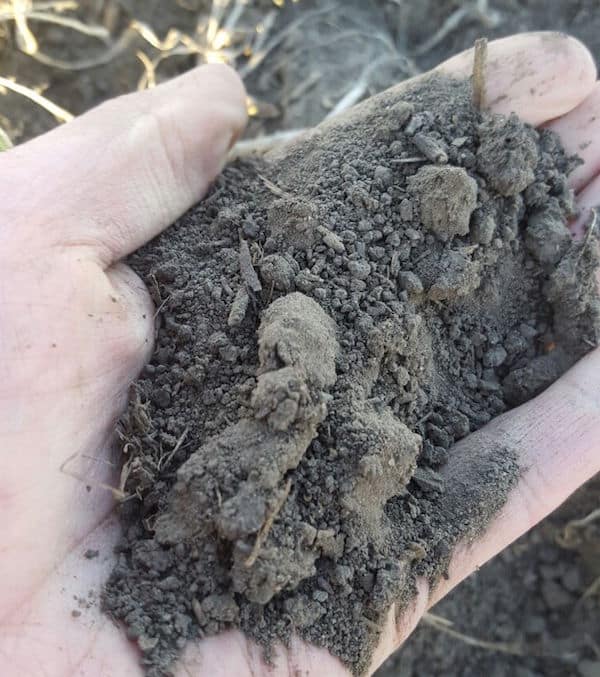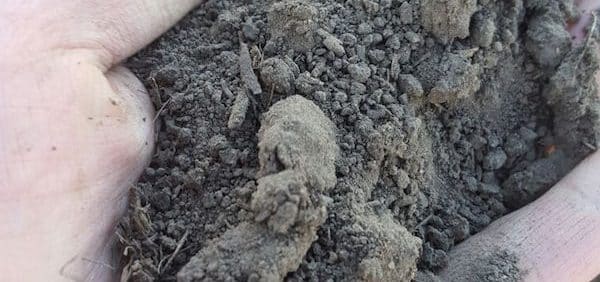Closer to freeze up is best time to capture soil test results that more closely resemble the situation next spring.

BUT…sampling soon after combining may satisfy a number of other issues: (1) That is the only time you can get the custom soil-sampler. (2) You want test results in time to make fall fertilizer applications. (3) You want to see if harvest-time soil nutrient levels could explain lower- or higher-than-expected yields this year.
If yields were poor for no good reason, could deficiencies in specific soil nutrients be an issue? In this scenario, send in separate samples for low- and high-yielding parts of the field. Ask for macro- and micronutrients results. Also check the pH results for both samples.
Soil acidity (pH) could be a significant issue in some fields. It can be highly variable and when too low or too high, it can influence nutrient availability and uptake. For example, areas of a field with pH below 5.5 can present problems for aluminum and manganese toxicity in canola. Adding lime is the best way to increase soil pH. It may take 5 tonnes or more of lime per acre to bring very low (<5) pH fields up to a more productive level of 6.5, but this lime could have the added bonus of reducing clubroot severity in at-risk fields. Read more about soil pH in the Canola Encyclopedia.
Be consistent. A key with soil testing is to be as consistent as possible for year over year comparisons. If you always soil sample in late September, then keep going with that practice. By early October, soil will be cooling and the microbial activity that can influence soil nutrient availability will be slowing down.
Sampling moist soils. Any time you sample wet soil, available nitrogen in the sample will may change rapidly if it stays warm. Refrigerate the samples and send them to the lab as soon as possible. Sampling to greater depths (24”) is always recommended.
Sampling dry soils. If you can get the probe into dry soils, these tests can actually be more valuable than a soil test after a growing season with more “normal” moisture and yield results. That’s because in dry conditions with low yields, soil nutrient reserves may be higher than expected. This can save money because fertilizer application rates for next season may not need to be as high as usual. Keep in mind that dry conditions don’t always mean low yields. In 2017, some areas with “dry weather” actually produced higher than average yields based on high soil moisture reserves. This is another good reason to check soils to see what’s left.
